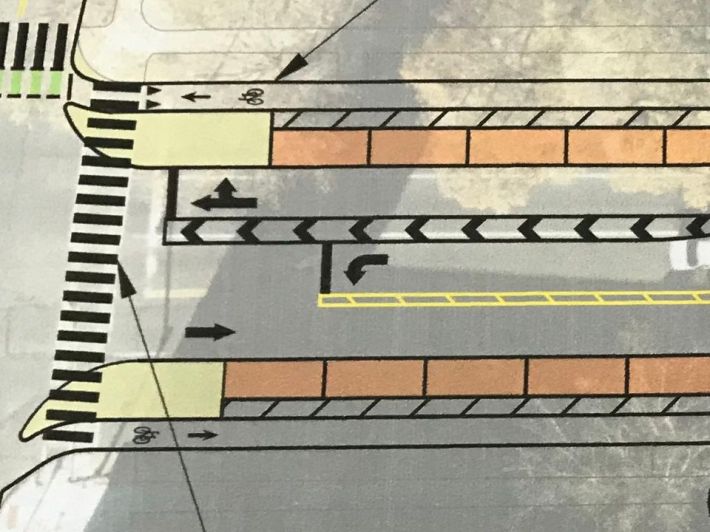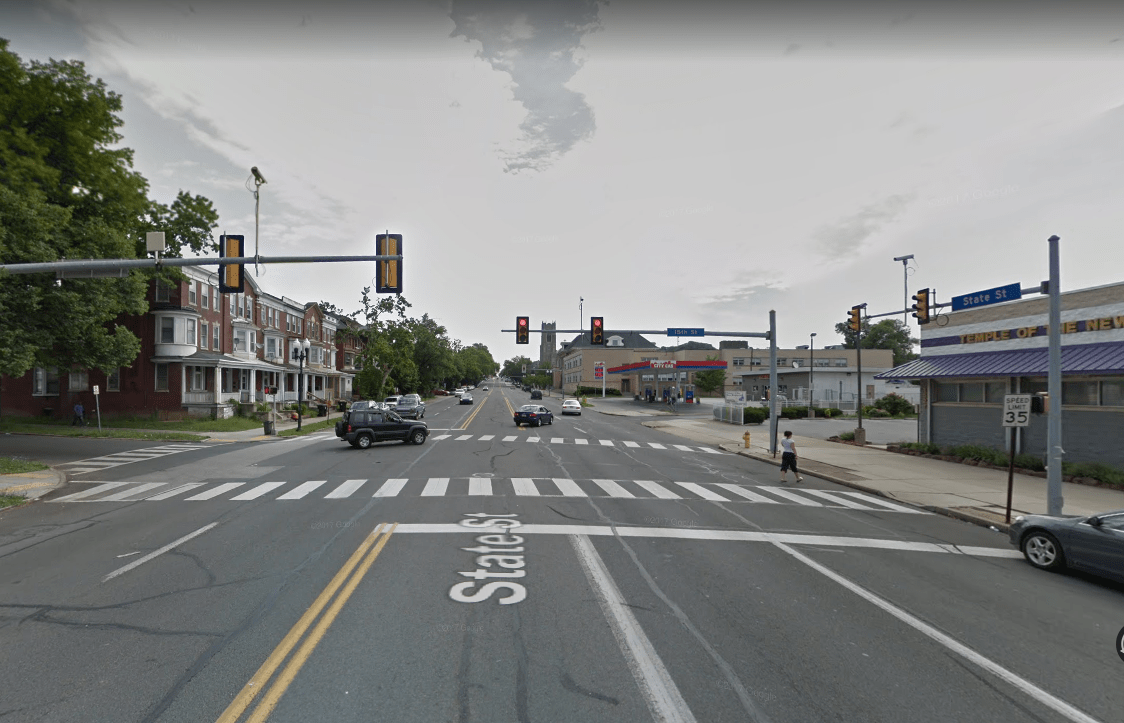On a four-block stretch of road in Harrisburg, Pennsylvania, the bodies just keep piling up.
In March, Cynthia Wilson went out to the store and even left her lights and TV on in her apartment, thinking she'd be back quickly, her neighbor told Penn Live.
She never returned.
Wilson, 62, was one of four pedestrians and one cyclist killed in the last 20 months trying to cross State Street between 13th and 17th streets in the state capital — a five-lane state-controlled speedway that was recently dubbed the most dangerous street in the nation by the National Association of City Transportation Officials. The death toll along that .68-mile stretch — a fatality rate of 88.64 per 100 million miles traveled — is so staggering that it's almost four times worse than the former most-dangerous street: New York City's Queens Boulevard, which earned the nickname of "the Boulevard of Death even though its death rate was only had 24.72 deaths per 100 million.
"We're sick to our stomach," Harrisburg City Engineer Wayne Martin told Penn Live. "I need the state to understand what's happening on these roads."
Local officials have taken the matter seriously, proposing to repurpose one lane of car travel in each direction to add a parking-protected bike lane on each side. The design would also reduce the crossing length for pedestrians by about 50 percent. The city also wants to adjust signal timing to give pedestrians a head start on traffic, and reduce the speed limit from 35 miles per hour to 25.
"Our focus with present and future infrastructure projects is squarely on pedestrian safety," Mayor Eric Papenfuse told Penn Live.
The city has taken some basic preliminary safety measures by upgrading signals, adding streetlights and trimming trees to improve visibility. But officials are currently waiting on a "go-ahead" from the state for the comprehensive overhaul.
It is unclear if Pennsylvania DOT will allow the city to move forward. Indeed, PennDOT has not apologized for all the deaths and seems more concerned about car delays.
"We’re committed to working with the city and doing what we can to help make changes that will improve safety on the State Street corridor," a spokesperson for the agency told the website. "However, we also have concerns about the effect that limiting traffic to a single lane in each direction will have on the safe flow of traffic into and out of the city, especially during the heavily traveled morning and afternoon commutes.

Harrisburg officials conducted a survey of attitudes about the street, a major commuter corridor for downtown workers, but one that runs through densely populated neighborhoods where many residents lack cars. A big divide appeared between city dwellers and commuters. The vast majority of pedestrians, bicyclists and local drivers felt unsafe on the road. But 69 percent of commuters said they felt safe. Planners estimate the changes to the road could delay rush hour commuters as much as seven minutes.
The city's data shows commuters are engaging in behavior that puts vulnerable road users at risk. About 60 percent of them were speeding along State Street, according to a city study.
There is a wider disparity at work here, too: The people walking and getting killed are a lot poorer than the people hitting them in cars. The median income in Harrisburg is about $32,000 per year. Downtown workers commuting from outside the city typically earn a lot more.






